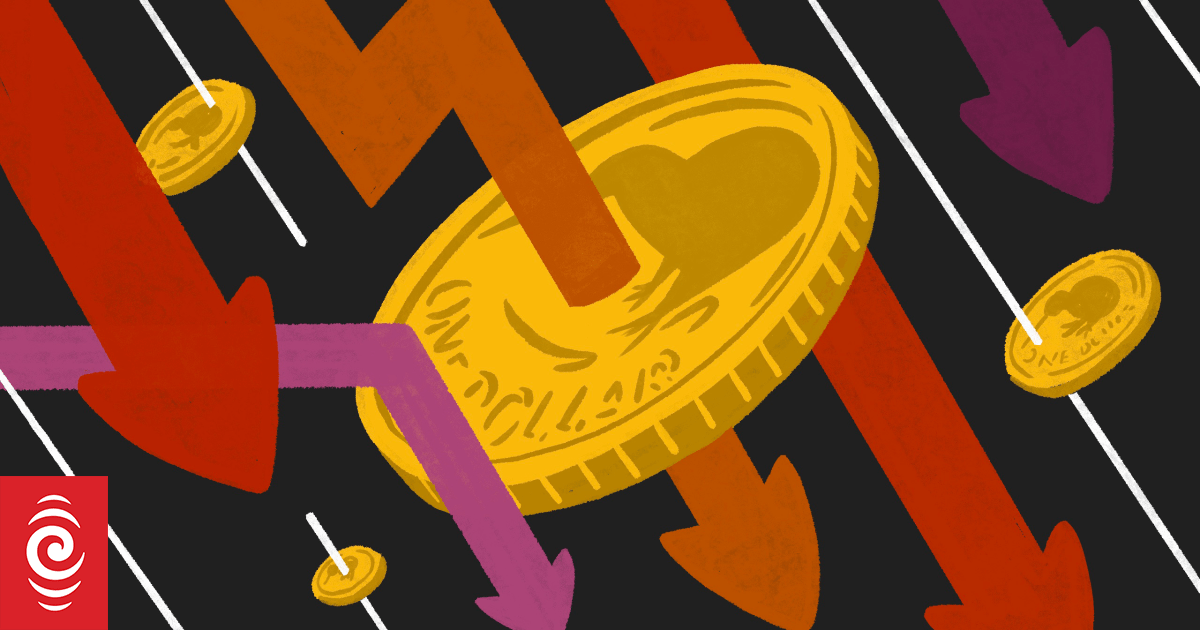Some KiwiSaver members are withdrawing all of their funds for hardship reasons.
Photo: RNZ
As many as 30 percent of people who are making withdrawals from their KiwiSaver funds for hardship reasons are taking all of their available money.
Hardship withdrawals have increased substantially in recent years as cost-of-living pressure has gone on households.
It was raised as a concern by Retirement Commissioner Jane Werightson in her latest three-yearly review of retirement income policy.
In the year to June, 45,000 people accessed their KiwiSaver funds early because of financial hardship, compared to about 18,000 five years ago.
The average withdrawal was about $10,000.
Wrightson said it could have a lasting effect on a person’s retirement outcomes. “In some cases, the funds do not resolve the underlying financial problem, and hardship continues. Repeat withdrawals are becoming more common, with many members returning for additional funds after the initial 13-week relief period, sometimes depleting their entire balance.”
She said it could be a problem particularly for low-income earners who might already face barriers to contributing to KiwiSaver regularly.
Ana-Marie Lockyer, chief executive at Pie Funds, said it was not uncommon for people withdraw their full KiwiSaver balance.
She said this was the case for about 30 percent of withdrawals.
“This typically occurs when their assessed needs – such as 13 weeks of living expenses or essential one-off costs like a car needed to get to work – exceed the total balance in their account. In these situations, the total KiwiSaver balances involved are usually on the lower side.
“It’s important to note that KiwiSaver providers are not the decision-makers in hardship applications. The assessment is carried out independently by the scheme’s licensed supervisor, who applies strict legislative criteria. There is often a misconception among members that hardship automatically allows them to withdraw all of their savings, but that is not always the case. The supervisor determines the amount that can be withdrawn based solely on demonstrated financial need.”
At Generate, a spokesperson said because people could not withdraw the $1000 kickstart payment if they got it, or government contributions, there was never nothing left.
“We find even after a full withdrawal of all allowable funds, there are investment gains on the remaining balance so we have a handful of people who come back for those every few months.”
She said the amount withdrawn would be determined by Public Trust as the supervisor based on the evidence the member provided about their financial situation. “Public Trust will look at the evidence and decide on an amount that will allow the member to subsist for 13 weeks. If the members need more funds after that, they can reapply.”
At Koura, founder Rupert Calyon said most people would try to get it all.
“But most won’t get it all, they don’t understand that we can only pay out 13 weeks of bare minimum living costs. That is often when we get the second and third withdrawals as they keep coming back.”
ANZ said one in five people who withdrew money would make more than one request.
Sign up for Money with Susan Edmunds, a weekly newsletter covering all the things that affect how we make, spend and invest money.

